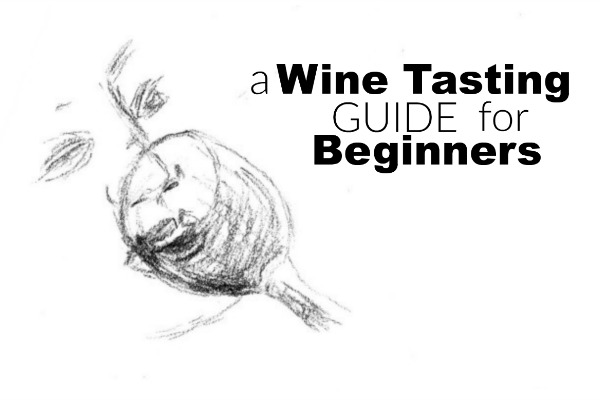
Are you intimidated by wine tasting?
The full ritual can seem overly complicated and drawn-out for those new to the experience. So many steps, and just a tiny sip of wine at the end! What gives? In this post I’ll explain just that, because understanding the process will increase the lifetime enjoyment you receive from wine.
First, try to learn something about the wine while it’s still in the bottle. At wine tasting events look for wine notes, you will likely be supplied with a card or brochure describing in detail the wine being served. Making time to read the available literature can truly enhance the experience. Learn which fruit aromas the wine contains, as well as any other characteristics that might influence its taste. Was the wine aged in oak barrels? How long was it aged? What type of soil produced that year’s harvest?
Pay close attention to anything said by whoever pours your wine. This person may be a professional wine guide, or even the winemaker if you’re lucky enough. They know the story of the wine filling up your glass and they will be happy to share their knowledge. They also enjoy questions, so don’t be shy if you’re curious about anything!
After the wine has been poured, note its color and composition. Is its overall appearance light or dark? Does the liquid look clear or cloudy? Can you see through it? Is it syrupy in the glass or does the texture seem thin? Based on appearance alone, how do you expect it to taste?
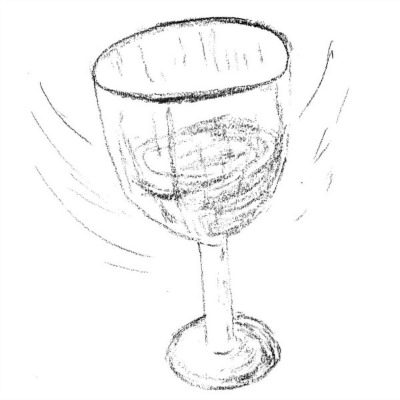
Hold the stem and gently swirl the glass once or twice. This helps the wine oxygenate, which draws out aromas and flavors.
Now dive in nose first and sniff.
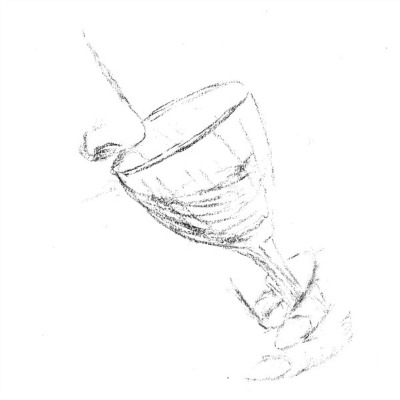
Remember those mental notes you made? Try to recall them. What do you smell? Begin by attempting to identify between one and three scents. Most people can consistently pick out big aromas like apple and cherry with a little practice. Close your eyes and try to detect some of the more subtle aromas like almonds or pepper. You might surprise yourself!
Give it one more big whiff, then take that first sip!
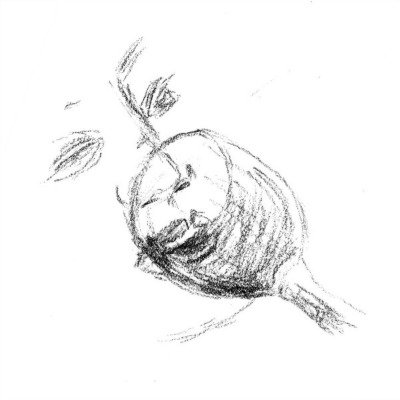
Keep the wine in your mouth and let it roll around on your tongue for a few seconds. What does it feel like on your taste buds? What fruit flavors are present? If the wine has been aged in oak, the flavor might be smoky or toasty, with hints of coffee and vanilla. If it lacks sweetness, does it taste spicy? White wines are typically tart and crisp against the sides of your tongue, while high alcoholic red wines such as Cabernet Sauvignon can create a dry mouthfeel and a hot sensation in the back of your throat.
Now for the swallow. Gulp, then immediately exhale deeply through your nose. Let those nostrils flare! Can you still taste the wine on your palate? That is the finish! The longer the taste stays in your mouth, the better the finish is considered to be.

As you savor the glass, reflect on what you like or do not like about the wine you just experienced. Have a cracker or a bite of bread to cleanse the palate if you will taste another wine. Don’t forget to chat it up with your friends or ask questions of the professionals, and above all, have fun!
Now you have the tools you need to feel confident tasting wine wherever you may find it whether it be a tasting room, winery, restaurant, or even at home!
*Drawings done exclusively for Michelle Leonardson by artist Sidonia Miller
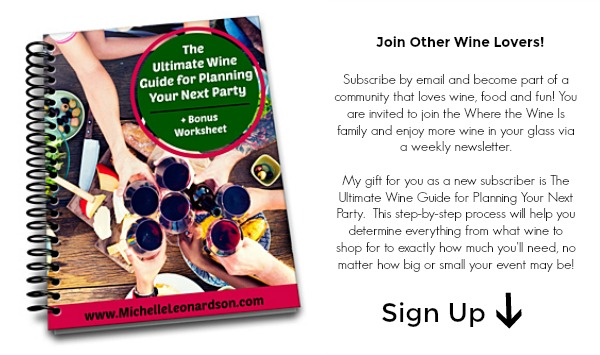
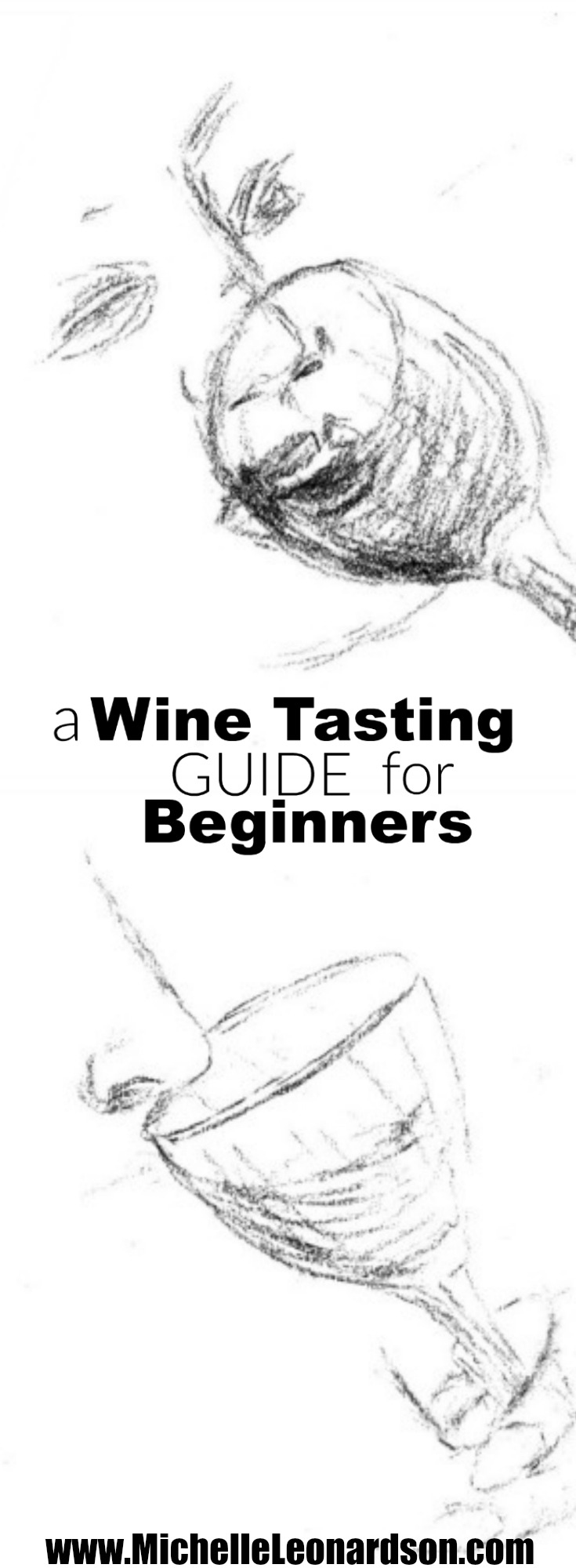

Thanks I need some information on a pill that would help with wine for a non Wine Drinker I read it somewhere and I saw it on television it takes some of the acidity out of the wine thanks
Hi Delton, sorry I’m not aware of a pill like that. If you are worried about acid reflux and wine then I would suggest talking with your doctor. Cheers!
There are so many more aspects to tasting wine than I would have imagined. You say to look at the color and composition after it has been poured. I understand looking for color, clarity, and texture, but I don’t understand how it relates to taste. Maybe to truly understand it, I would need to go to a wine tasting and experience it for myself.